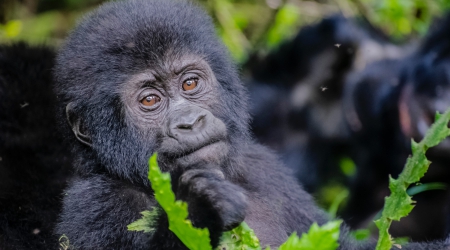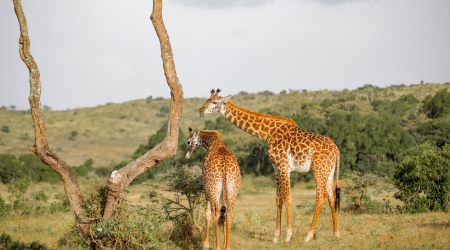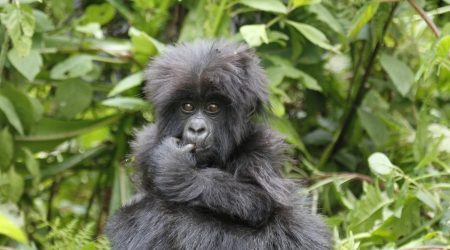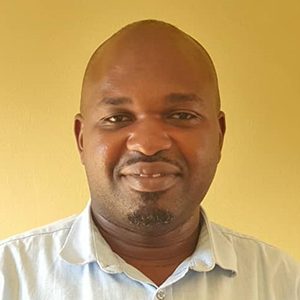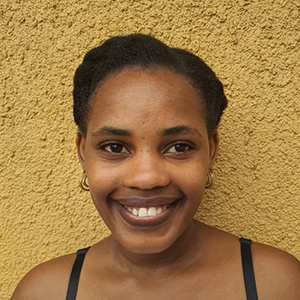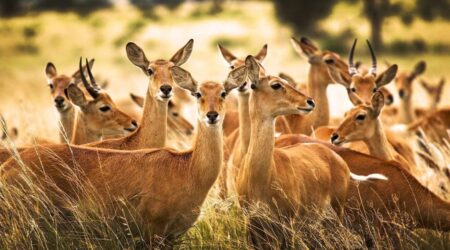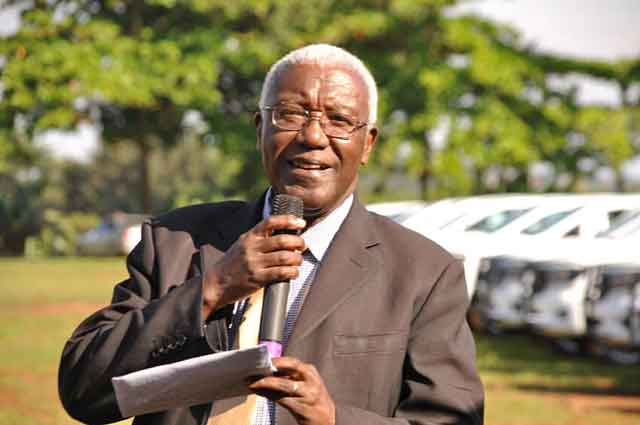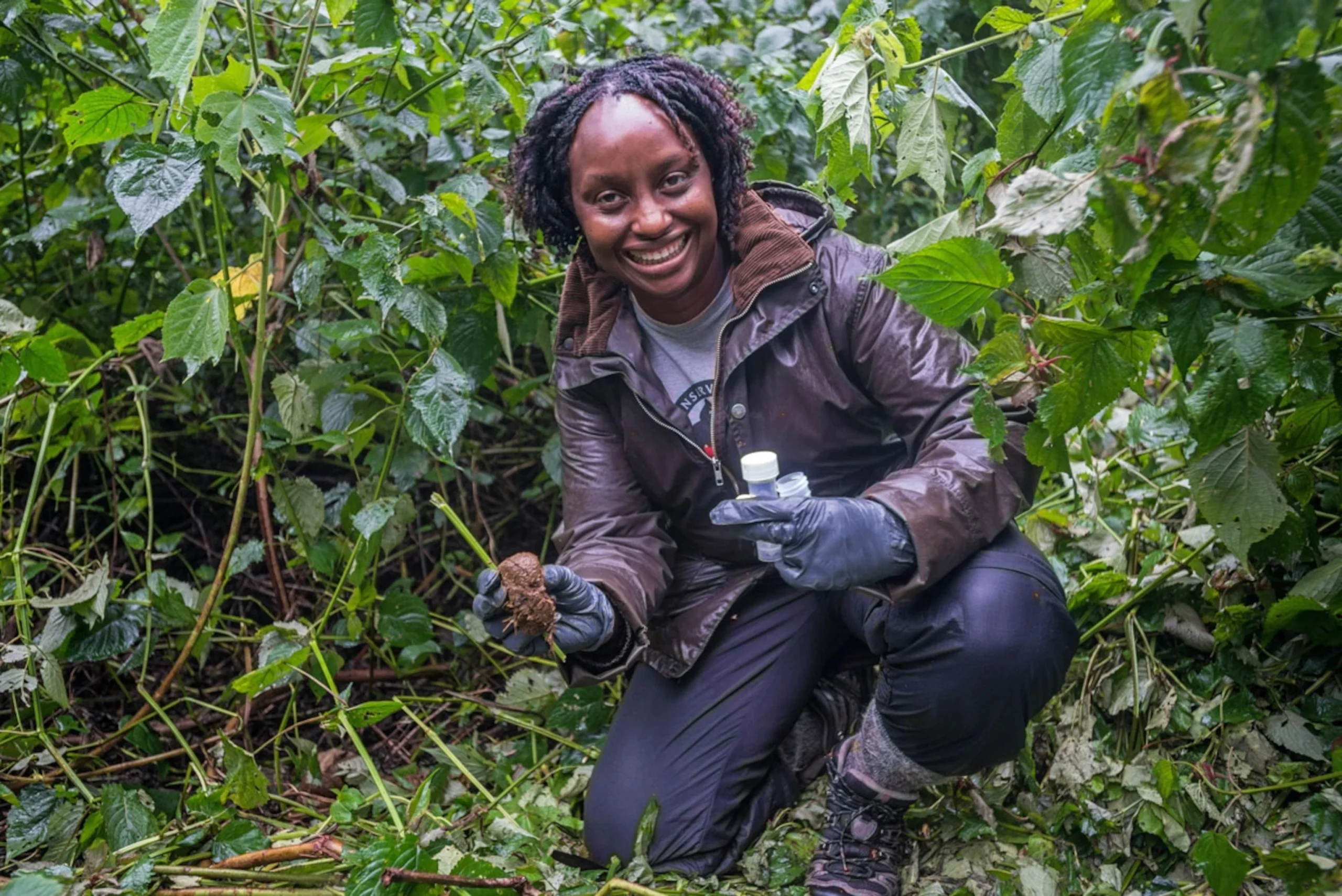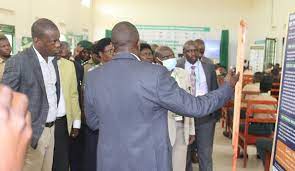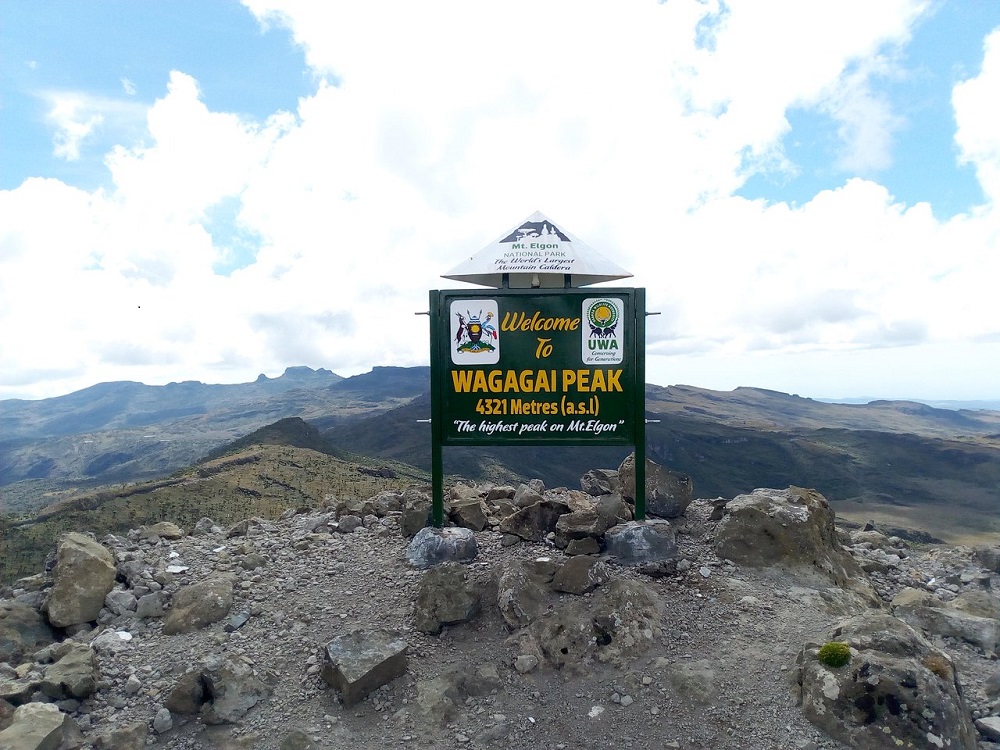Do not visit uganda for only willdife safari and leave the country without discovering its rich culture and heritage.
Kampala city is one of the greatest cultural destinations in Uganda and there are many historical and cultural sites, arts and events to discover. So how do we make sure the interesting sites are not skipped by visitors who mainly visit Uganda for wildlife safaris? In that perspective, visitors come to Kampala because of the city’s culture, heritage and nightlife. But it seems majority of them spend their time touring only the top attractions such as the Uganda museum and Ndere cultural center. These attractions are of course good but Kampala can offer much more than that, we should breakout.
The way of conducting cultural trips in Kampala changes, from where you sleep, eat; go out for shopping. A good example is the way social media travel apps like Pearl Guide and History of Uganda are changing the way visitors experience Kampala before even arriving at Entebbe airport. For visitors who come for conference, workshops, diplomatic missions or any other business in Kampala, not so much time is required to go out and hopefully learn on something cultural even if you’re not a holiday maker. Ask for more places to visit that are off the beaten path and thanks to Uganda cultural guides club, an organization with best cultural guides who can take you around Kampala any time you want.
In the end, something as simple as visiting a monument, market or building could be an exciting experience. It’s vital to spare few hours, get in touch with your city guide to determine how long your tour can be, whether it’s walking on the streets for a few hours or visiting one or two attractions opportunities are endless.
At Africa Tours Adventure, we hope that Kampala city tour offers a memorable cultural experience for visitors and locals who wish to visit some of its attractions and discover rich history, culture, technology, social life and political governance.
History of Kampala
The city of Kampala evolved out of the swamp and the name “Kampala” comes from the word ‘Impala” antelope specie which inhabited the hills like Mengo. When the British imperialist captain Fredrik Lugard came in 1890 and settled on one of the hills, the local Baganda translated it into “akasozi (hill) ka (of) Impala and eventually Kampala.
But Kampala dates back before 1840’s when Kampala was the a traditional trade center with Buganda kingdom exchanging products such as bark cloth, food, iron tools, crafts with other kingdoms like Ankole and Bunyoro-Kitara Empire. At the time Arab slave and ivory traders had already set foot in Buganda kingdom. Originally Kampala was set on seven hills namely Mengo, Rubaga, Old Kampala, Kibuli, Kololo, Nakasero and Kasubi, which covered an area of 50 sq km. today, Kampala has transformed into a modern city spreading over 21 hills with a population of 1.9 million people.
Historical buildings to visit in Kampala
The oldest were built in the 1890’s while the latest before 1969. But all of them act as the background history and heritage as well as tell a story of how Uganda has transformed to where it stands now.
Mutesa 1 royal mosque
The first mosque of Uganda, Mutesa 1 royal mosque is located on Kasubi hill and can be combined with your visit to the UNESCO heritage site Kasubi Tombs. The mosque was built in 1856 with red earth soil and bamboo but later in 1967, the mosque was rebuilt.
Fort Lugard Historical Museum
Built in 1890 by a British administrator captain Fredrik Lugard, Fort Lugard commemorates Uganda’s colonial days. It is located on old Kampala hill near the Gaddafi national mosque. The theatre of wreckage and desolation still exists. Visitors can learn history, pop in the crafts stalls for shopping.
Chwa Building
The Building was the first formal education building to establish in Uganda and it holds rich history of education standards for the country. From the oral education, coming of Islam and Christianity to modern day European education curriculum, there’s much to learn about uganda, which is now Africa’s fluent English speaking nation. Daudi Chwa the 2nd was the third Kabaka (king) of Buganda kingdom from 1896 to 1939.
Mengo Palace
If you’re a fun of the Kabaka Royal family and history of Buganda kingdom, make sure visit Mengo Palace, one of the royal residences in Kampala. It was built in 1922 and was the home of former Buganda king Mutesa (ii). Unfortunately a military coup by Obote the then prime minister ousted the Mutesa turning the building into army barracks and prison. Even though, visitors are not allowed to enter the interior, guides take you around in the dark tunnel with charcoal writings of prisons cursing Obote and crying for their families and children. The building is next to Amin’s torcher chambers and close to Buganda parliament in Bulange Mengo hill.
St. Mary’s Rubaga Cathedral
After the religious wars of 1888, Buganda kingdom was resistant to Christianity but later on accepted the white father missionaries who started to build the cathedral in 1914 and completed it in 1925. From then up to now, Rubaga cathedral is the main headquarters of Roman Catholic archdiocese of Kampala. It located on Rubaga hill about 20 minutes drive west of Kampala city. The architecture is picturesque and contains the remains of first archbishop of Uganda Kiwanuka and images of the 22 catholic martyrs who were killed during the wars.
Ivory Tower known as Makerere University Main building
Makerere University the oldest institution of higher learning in East and central Africa was established in 1922. This institution itself is a tourist attraction that you can visit to discover some of its museums called, art galleries, libraries, industrial art schools, monuments Hatching New Generation along with important figures who pioneered education British in Uganda. The main building ivory tower however was built between 1939 and completed in 1942. Its architectural design resembles that of the senate building of University of London which Makerere was affiliated at the time.
Historical monuments to visit in Kampala
Ward war monuments
There are two world war monuments; one is located inside the Main library at Makerere University and another in central Kampala city. The one in the library represents a man who lost his leg during the World War 2.
The world war’s memorial monument built in 1945 is one the oldest in Kampala. It is printed at the back of 5000 UG shillings note and commemorates Ugandans who lost perished during World War 1 and 2 as they fought under the British colonial government. It can be visited along Kampala road next to the Central Police Station.
The Independence Monument
Every Uganda shillings currency has this monument on its back. Uganda broke away from the colonial whims of the British in 1962 when the country got its independence. The sculptured monuments has two features including an African woman standing strong against colonial bondage and raising child up the sky thanking perfect God who freed Ugandans. The monument is in the open space for the public and the spacious gardens behind are great for picnic and photos. Find it opposite Grand Imperial hotel.
Sir Edward Mutesa 1 Monument
Sir Edward Mutebi Luwangula Mutesa 1 is a legendary figure in Uganda’s political history. He was the first president of Uganda in 1962 after independence and at the same time was the 35th still the Kabaaka of Buganda kingdom. No one else in Uganda has ever held two big political tittles. The story behind him is so long but interesting. Earlier before independence, Mutesa 1 wanted to make Buganda a federal state which led to conflicts with British. However, when Uganda became independent, Buganda was subjected as a semi-autonomous traditional kigdom and its powers were limited to central region.
Nantawetwa Monument
Standing in the middle of the roundabout at the junction of Kabaaka Anjagara road (kabaak loves me) and Rubaga road in Rubaga division. The monument was designed in a shape of a drum also called (Engalabi) in Luganda language, which is widely used in traditional musical instrument in dances and ceremonies. It was built in line with the historical legend of traditional Buganda kingdom which says that the spirits which guide Kabaaka walk in a straight line. And so it put in the middle of the roundabout so that the Kabaak walks in the same straight line when traveling from his palace Lubiri to the parliament of Buganda. The monument is 11 meters tall and 12meters in diameter with a spear and shield hanging in the middle above the ground which represent Buganda kingdom’s emblem.
The Statue of Leadership
Located along Kampala road in from of Amber house, the statue of leadership commemorates the work of sir Apollo Kagwa (prime minister of Buganda kingdom 1890-1926) who advocated for the extension of clean piped water and hydro-electric power in Kampala. At the time, gold, slaves and guns were valuable that the local people criticized Apollo but little did they know electricity would spur development.
Hatching New Generation monument
Located inside Makerere University, hatching new generation monument is the institution’s golden jubilee celebration of 1922-1997 monuments. Built with copper, brass, steel and concrete, it features a bird and chicks being hatched which represents the motto “we build for the future”. And indeed, since 1922, millions of lecturers, professors educate, nurture and pass on knowledge and skills to young generation of students who will in turn put them into practice as the cycle of development is everlasting stemming from the great institution.
The Astride Monument
The astride monument was built to honor the visit of Queen of England to Uganda during the common wealth heads of government meeting that took place in 2007 at Munyonyi resort hotel. It depicts how the common wealth nations work together as a family from all spheres of life. The Queen herself launched the monument which took 150 million Uganda shillings to construct it. You can visit it in between the Uganda parliament and Serena hotel in Kampala.
Centenary monument
This monument commemorates the centenary work of Kampala capital City Authority, a body that manages the metropolitan city of Kampala. KCCA has done great work to make the city look good by planting trees, flowers and installing CCTV cameras for security. The monument can be found in centenary park next to hotel African along Jinja road.







